Understanding suicide and public safety personnel
September is Suicide Awareness Month
Learn moreChanging the narrative on suicide – September 10 is World Suicide Prevention Day
Learn moreStarting the conversation – Discussing suicide in relation to first responders and other public safety personnel
Watch nowSupporting the mental health and wellbeing of first responders and other PSP
Learn more about PSPNET9-8-8 is Canada’s suicide crisis helpline
Learn moreOnline mental health self-assessment
Use our anonymous, free toolsThe World Health Organization estimates that globally, one person dies every forty seconds by suicide, with more than 700,000 deaths by suicide each year. In Canada, approximately 10 people per day die by suicide.1
It is unclear how many of these Canadians who die by suicide are first responders or other public safety personnel (PSP).2 But we do know that PSP face several unique occupational risk factors that have the potential to impact their mental health and wellbeing, including frequent exposures to potentially psychologically traumatic events (PPTE) encountered on the job. Additionally, stigma around mental health issues can run high in PSP professions.2 Associations between mental health disorders and increased risk for death by suicide are of growing concern to PSP leaders, advocates, and researchers.3
For these reasons and more, we believe it is important to participate in Suicide Awareness Month (September) and World Suicide Prevention Day (September 10), by sharing resources about suicide for public safety personnel, their families, and friends. We can all play a part in destigmatizing mental health challenges, in changing the narrative about suicide by creating safe spaces for difficult conversations, and in helping to mitigate barriers so that no one has to struggle with mental health challenges alone. The call to action is simple but potentially profound: let’s start the conversation.
If you need immediate assistance call or text 9-8-8
If you are thinking about suicide, or you’re worried about someone else, call or text 9-8-8 toll free, any time — lines are open 24/7/365.
What to expect when you call or text 9-8-8:
- A responder will listen, with compassion and without judgement, and will give you space to talk.
- They will engage with empathy — they want to understand whatever you are going through.
- They will support you, and help you explore ways to create safety.
- Frequently asked questions about 9-8-8
For more information: 9-8-8 website

Start the coversation - A panel discussion on suicide and PSP
Starting the Conversation – Discussing suicide in relation to first responders and other public safety personnel
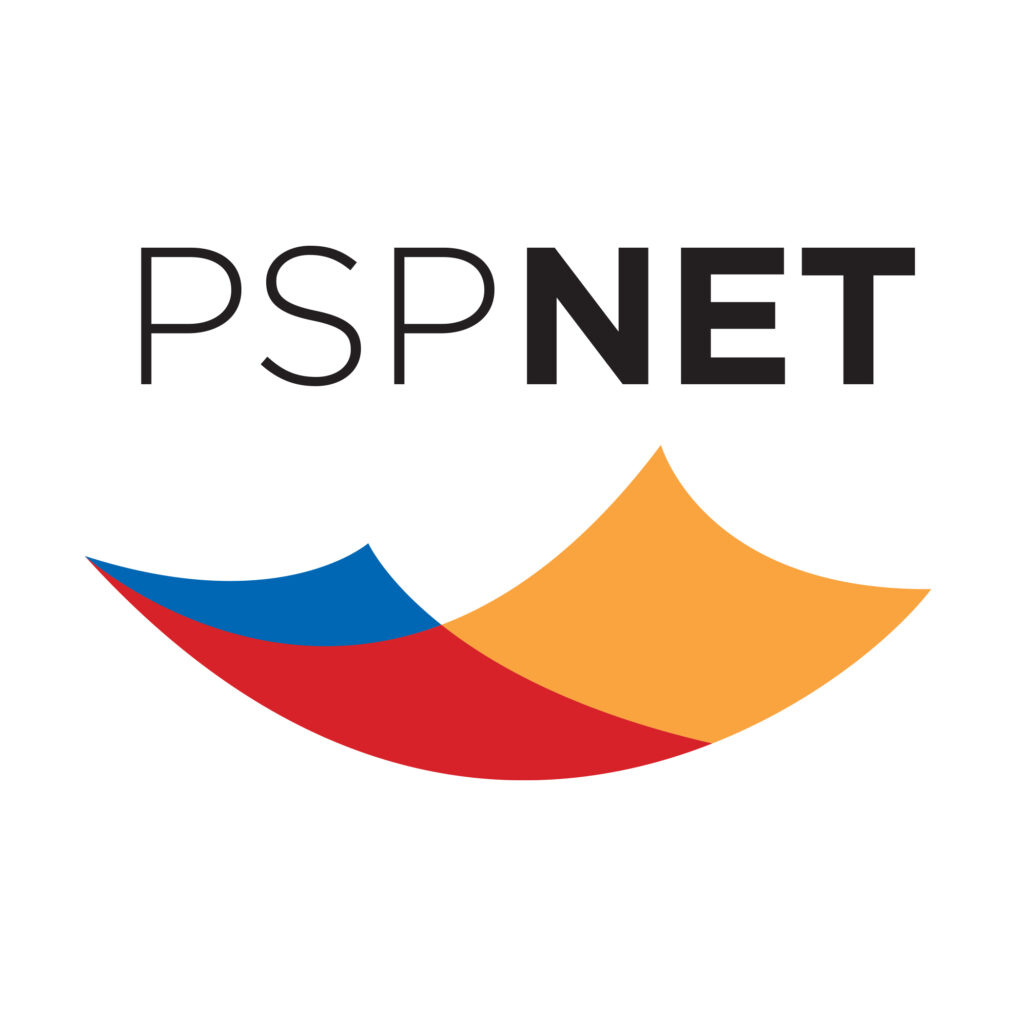
PSPNET - Online mental health treatment
Through PSPNET, CIPSRT is playing a leading role in developing and offering accessible, free, and confidential evidence-based mental health treatment to PSP organizations, current and former PSP, and their families. PSPNET is specifically designed to meet the unique needs of PSP.
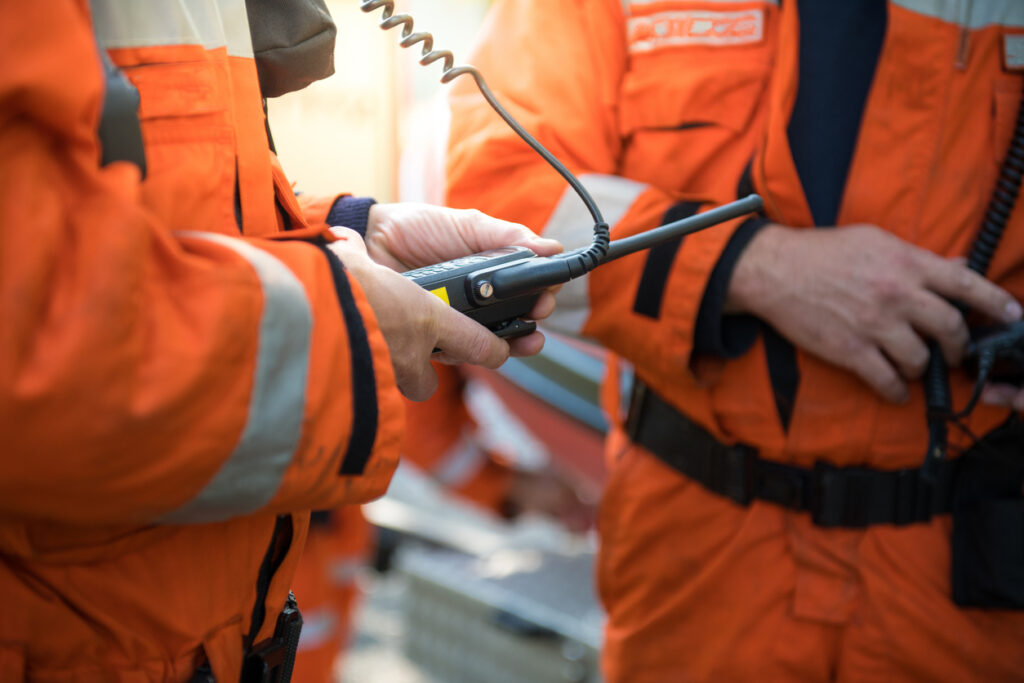
PSP Suicide Fact Sheet
PSP face several unique occupational risk factors which have the potential to impact their risk of suicide. There are steps that can be taken to make talking about and getting help for suicide easier. Download a fact sheet about understanding suicide in relation to PSP.
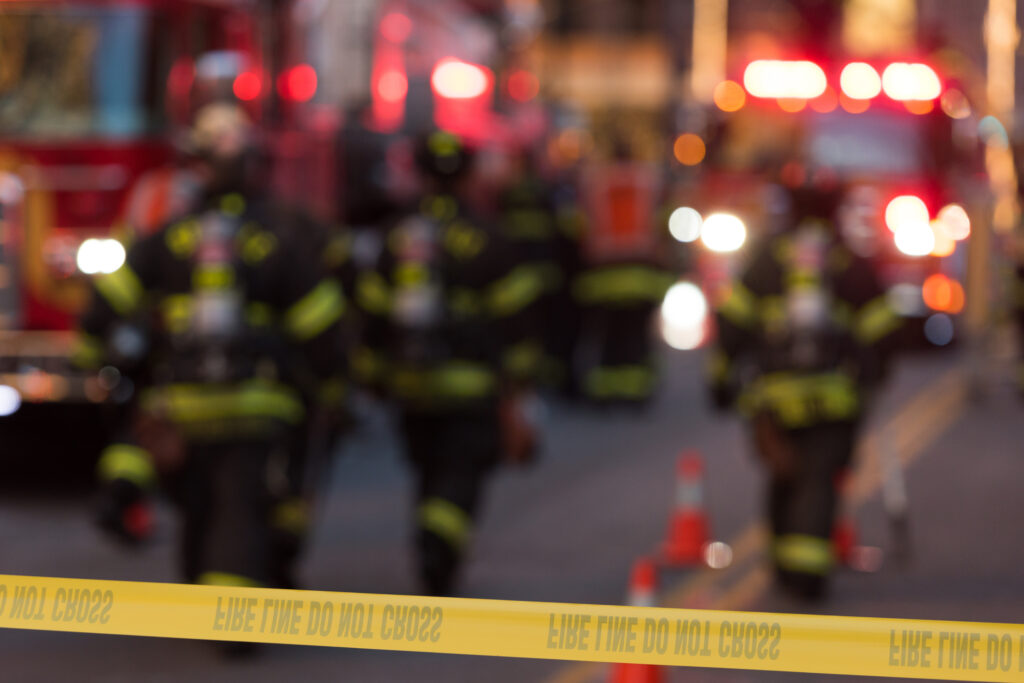
Video: What we know about suicide and PSP
Dr. Simon Hatcher is a leading researcher on suicide and suicide prevention in relation to first responders and public safety personnel (PSP). In this video, he explains what we know about suicide in PSP, and the crucial details we don’t. (60 min)

Video short: A summary of what we know about suicide and PSP
This video short summarizes the key findings of Dr. Simon Hatcher’s video on what we know and what we still don’t know about suicide in relation to PSP.
(5 min)

Video: Toward a PSP suicide prevention strategy
In this video, Dr. Simon Hatcher examines the process of developing a suicide prevention strategy designed for PSP, including how it would differ from other prevention strategies. (56 min)
Insights from these videos
Suicide in Canada
In Canada, a suicide is defined by the opinion of a coroner or medical examiner, as determined through their interpretation of the evidence. Rules vary by province as to what constitutes a suicide.
Approximately 10 people per day die of suicide in Canada. In 2021 there were 3769 suicides in Canada; of those 3769 completed suicides, 75% were in men. Approximately half of all suicides are in ‘middle aged’ men, or men aged 30-65. While every death by suicide represents a uniquely tragic event, suicide is a relatively rare occurrence (10/100,0000).1
Occupational risk factors for PSP
Research indicates that PSP face several unique occupational risk factors for suicide in comparison to the general population, including:
Frequent exposures to potentially psychologically traumatic events
A growing body of research highlights the ways that frequent exposure to potentially psychologically traumatic events (PPTE) can negatively impact the mental health of first responders and other public safety personnel, and contribute to the development of operational, or posttraumatic stress injuries (PTSI), including Major Depressive Disorder (MDD), and Posttraumatic Stress Disorder (PTSD).8
There is consistent evidence to suggest that among the general population, 80-90% of those who die by suicide are experiencing a mental health illness, the most common of which is depression.2 There is evidence to suggest that PSP who die by suicide are more likely to have PTSD than the general population.1
Stigma and toxic workplace cultures
The stigma around mental health challenges can be high within PSP organizations.1
The ways that stigma interacts with, or impedes, treatment-seeking behaviour is complex and stigma can take various forms. Structural stigma can perpetuate organizational policies and practices that are harmful or that disadvantage individuals with mental health challenges. Individuals can also self-stigmatize with negative beliefs around mental health that impede their own help-seeking.4
PSP often encounter mentally ill individuals through the course of their occupational duties. Structural and self stigmas can sometimes take the form of not wanting to be perceived as being similar to individuals with mental health challenges encountered ‘on the street’.2
Identity factors
Sense of belonging to the group and a sense of shared purpose or duty can be strong in PSP occupations, and this sense of support and belonging can function as a protective factor.2
Conversely, the experience of being ‘out’ of the group – through disciplinary action, or through health-related leave, for instance – can increase vulnerability. Threats to one’s identity appear to be a significant risk factor.2
Relatedly, a sense of feeling betrayed by one’s organization, like the organization has ‘turned it’s back’ on a member can present a clinically significant risk factor.2
Access to weapons and other lethal means
Access to lethal weapons is a unique occupational risk factor for PSP in certain sectors, such as policing. A study of suicide among PSP in Ontario between 2014-2018 indicates that compared to the general population, PSP who died by suicide were more likely to have used a firearm which was usually a service weapon.5
US data from 2015-2017 likewise found a higher prevalence of firearm use (69%) in PSP suicides than in the general population (44%).6
Shift work
PSP frequently undertake shift work, which can disrupt sleep. Sleep disruptions make recovery from depression much harder.2
Prioritizing others
Pressure to maintain a strong persona can be strong in PSP occupations7, as is the impetus toward prioritizing helping others rather than attending to personal needs.2
More information:
- Glossary of terms: A shared understanding of the common terms used to describe psychological trauma – Institutional betrayal/Sanctuary trauma
- Glossary of terms: A shared understanding of the common terms used to describe psychological trauma – Moral Injury/Moral distress/Moral dilemma
- Glossary of terms: A shared understanding of the common terms used to describe psychological trauma – Postraumatic stress disorder
- Glossary of terms: A shared understanding of the common terms used to describe psychological trauma – Postraumatic stress injury
- Glossary of terms: A shared understanding of the common terms used to describe psychological trauma – Stigma
How do we help prevent suicide?
Improving identification and treatment of depression and concurrent mental health challenges within primary care.
There is evidence to suggest that 80-90% of those who die by suicide are experiencing a mental health disorder.2
Increasing awareness and decreasing stigma.
Increased awareness can involve facilitating greater public knowledge about mental health issues and of how stressors can be impactful long and short term.
Training ‘gatekeepers’.
Gatekeepers are individuals that people who are in distress are likely to come into contact with. In PSP organizations, this could be a peer support worker, for instance. Gatekeepers should be equipped with the knowledge and resources they need to assist persons experiencing suicidal thoughts and behaviours.2
Media/publicity management
There is growing evidence to suggest that certain types of reporting around suicides can increase rates of suicide. (See 9-8-8 media guidelines for helpful information on reporting and suicide.)
Provide better access to care for high-risk groups
Managing other risk factors
Identifying and managing other risk factors could include addressing characteristics of organizations that might increase suicidality, or managing inequity in the general population, for instance.2
Given the unique occupational risk factors PSP experience, and the ways PSP populations differ from the general population, additional considerations for suicide prevention in PSP populations could also include:2
Primary prevention measures (before an individual is recognized as high risk)
- Ensuring primary care workers who attend to PSP are aware of unique risk factors and are trained to screen for mental health disorders
- Addressing issues around stigma and toxic workplaces, and changing PSP cultures around mental health
Secondary prevention measures (once treatment is sought)
- Better access to treatment – that is evidence-based, effective, and not delayed
- Managing transitions from work to non-work – including managing issues around loss of identity and isolation, and better management of reintegration processes2
Funded by the Canadian Institutes for Health Research, and led by Dr. Simon Hatcher, a project is currently underway to develop a suicide prevention strategy for first responders and other public safety personnel.
Learn more about this ongoing project.
Downloadable resources

How to support a co-worker
Co-workers are often among the first to notice mental health symptoms among peers. Because of a shared occupation, an individual may be more likely to open up to a co-worker. Download a resource sheet on assisting a co-worker experiencing mental health challenges.

Fact sheet: Suicidal thoughts and behaviours among PSP
Produced by the Canadian Institute for Pandemic Health Education and Response (CIPHER), this brief fact sheet examines the prevalence of suicidal thoughts and behaviours across several PSP sectors, and makes recommendations for PSP leaders and policy makers.
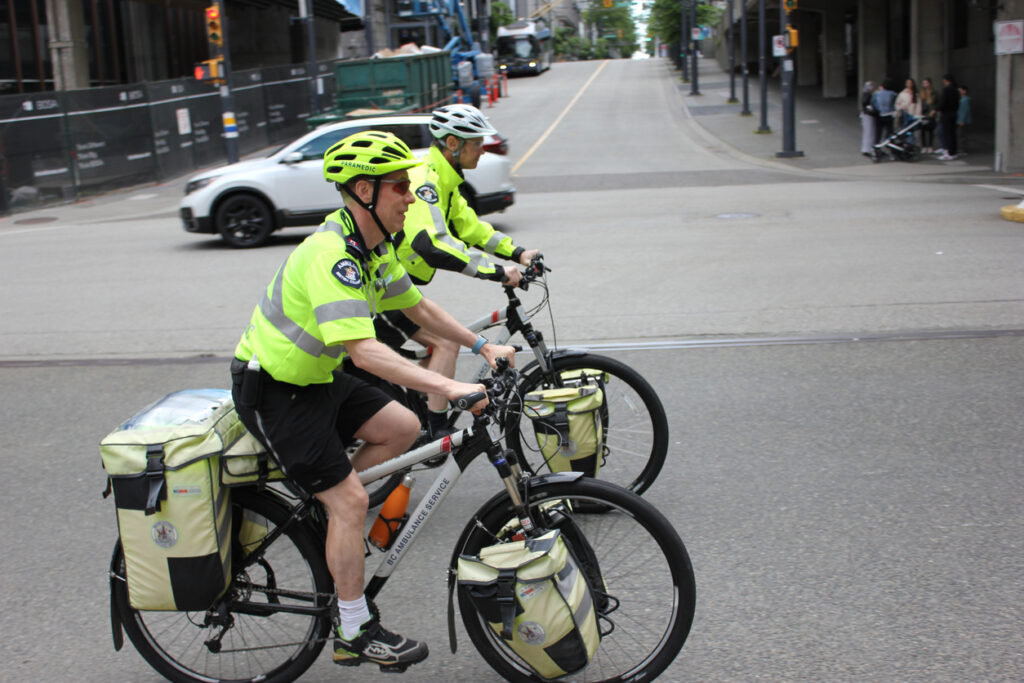
Suicide - Why words matter
This guide explains why the words we use to discuss suicide are so important, and how our words can help destigmatize suicide, leading to more compassionate and empowering conversations.
Online resources and mental health tools

Peer-On-Call
PeerOnCall and PeerOnCall Support, the mobile health apps customized for Canadian PSP, have been created to promote early intervention, mental health support, and psychological health and safety in public safety workplaces.
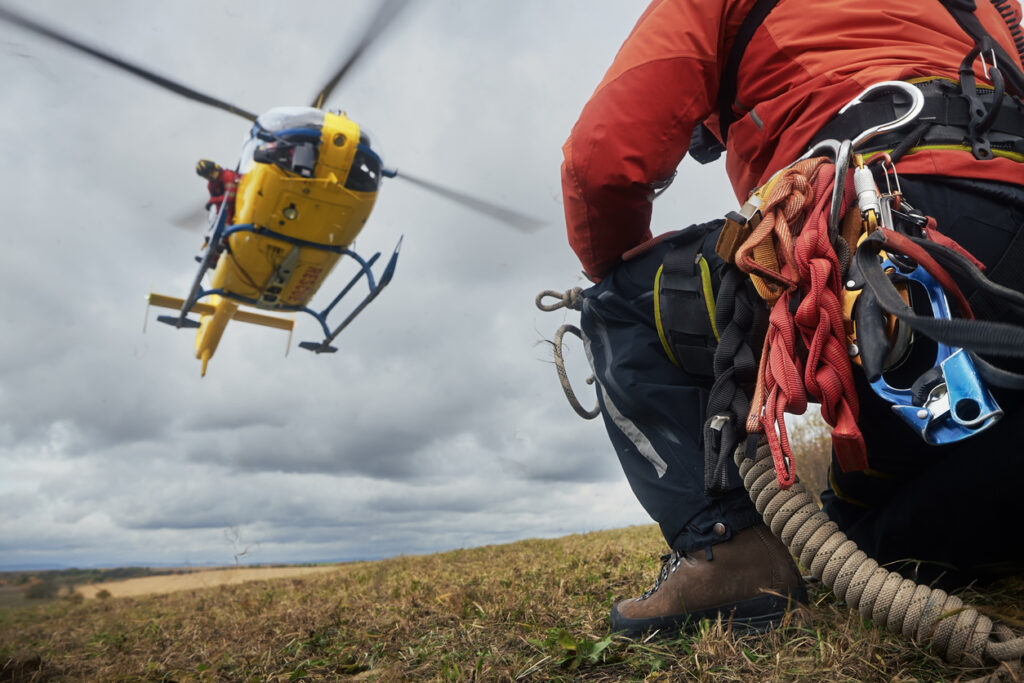
PSP Mental Health Website
This online resource features over 300 programs and resources to assist PSP and their families. The programs and resources can be filtered by location, cost, delivery method, and more. Visit the website to find the program right for you.

Self-Assessment Tool
How is your mental health today?
This anonymous online screening tool can help you identify whether you are experiencing symptoms of mood disorders, anxiety disorders, or post-traumatic stress disorder.
Learn more
Mental Health Supports
A Government of Canada resource outlining mental health supports available by province, and services offered by national mental health organizations such as the Canadian Mental Health Association and the Centre for Addiction and Mental Health.
The Canadian Association for Suicide Prevention website contains information and resources for individuals having thoughts of suicide, for those concerned about others, attempt survivors, as well as those seeking bereavement support.
Trauma and Posttraumatic stress injuries
Visit our resource page Shifting Barriers Around posttraumatic stress injuries (PTSI) and posttraumatic stress disorder (PTSD), to learn more about the relationship between trauma and mental health injuries.
Watch a panel discussion on the impacts of PTSI, PTSD, and the ongoing challenge that stigma poses to mental health and wellbeing among PSP.
Depression
Depression is the mental health disorder most commonly associated with suicidality in the general population. This video presentation by Dr. Vivian Lee (Chief Psychologist and Bureau Commander of the Healthy Workplace Team for the Ontario Provincial Police) explores the basics of depression in the context of first responders and other public safety personnel.
References
1. Hatcher, S. (2023). Suicide prevention in PSP in Canada: What would that look like and who should be involved? Presented for CIPSRT: https://youtu.be/3_j1DE73BNk
2. Hatcher, S. (2021). Suicide in Public Safety Personnel what we know, what we think we know and what we don’t know. Presented for CIPSRT. https://youtu.be/VNxEaeIwe50
3. Carleton, R.N., Afifi, T.O., Turner, S., Taillieu, T., LeBouthiller, D.M., Duranceau, S., Sareen, J., Ricciardelli, R., MacPhee, R. S., Groll, D., Hozempa, K., Brunet, A., Weekes, R., Griffiths, C.T., Abrams, K.J., Jones, N.A., Beshai, S., Cramm, H.A., Dobson, K.S., Hatcher, S., Keane, T.M., Stewart, S.H., and Asmundson, G.J.G. (2018). Suicidal ideation, plans, and attempts among public safety personnel in Canada. Canadian Psychology/Psychologie canadienne, 59(3), 220-231. doi: 10.1037/cap0000136.
4. Heber, A., Testa, V., Groll, D., Ritchie, K., Tam-Seto, L., Mulligan, A., Sullo. E., Schick, A., Bose, E., Jabbari, Y., Lopes, J., Carleton, R.N. Glossary of terms: A shared understanding of the common terms used to describe psychological trauma, version 3.0. Health Promot Chronic Dis Prev Can. 2023;43(10/11). https://doi.org/10.24095/hpcdp.43.10/11.09
5. Hatcher, S., Sinyor, M., Edgar, N.E., Schaffer, A., MacLean, S.E., Carleton, R.N., Colman, I., Jayakumar, N., Ward, B., & Zaheer, R. (2024). A comparison of suicides in public safety personnel with suicides in the general population in Ontario, 2014 to 2018. Crisis: The Journal of Crisis Intervention and Suicide Prevention. Advance online publication: https://doi.org/10.1027/0227-5910/a000953
6. Carson, L.M., Marsh, S.M., Brown, M.M., Elkins, K.L., Tiesman, H.M. (2023) An analysis of suicides among first responders ─ Findings from the National Violent Death Reporting System, 2015-2017. J Safety Res. 2023 Jun;85:361-370. doi: https://doi.org/10.1016/j.jsr.2023.04.003
7. Krakauer, R.L., Stelnicki, A.M., Carleton, R.N. Examining Mental Health Knowledge, Stigma, and Service Use Intentions Among Public Safety Personnel. Front Psychol. 2020 May 29;11:949. doi: https://www.ncbi.nlm.nih.gov/pmc/articles/PMC7273931/
8. Carleton, R.N., Afifi, T.O., Turner, S., et al. Mental Disorder Symptoms among Public Safety Personnel in Canada. The Canadian Journal of Psychiatry. 2018;63(1):54-64. doi:10.1177/0706743717723825